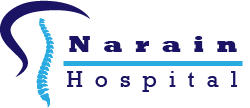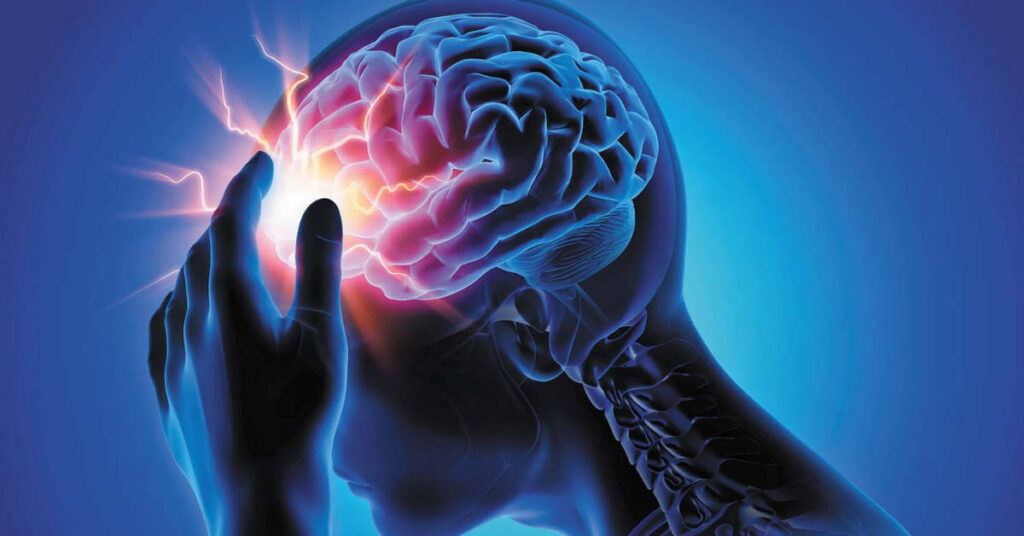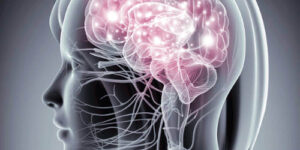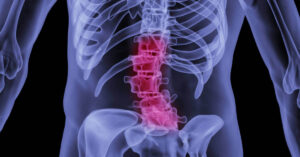A headache or cephalalgia refers to pain anywhere in the different areas of the head or neck. This includes the nine pain-sensitive structures, which include the cranium (the periosteum of the skull), muscles, nerves, arteries and veins, subcutaneous tissues, eyes, ears, sinus and mucous membranes.
Headache is a common problem and majority of common headaches can be managed by commonly used painkillers. Some with more frequent episodes require prophylactic agents to reduce the frequency of attacks.
However in some cases, despite all measures the headaches can be difficult to manage. Pain clinic can offer interventions which can help not only in establishing better pain control and improving quality of life but also in confirming the diagnosis (in some cases).
Pain clinic offers multi-disciplinary approach to address concomitant magnifiers/ triggers such as anxiety, depression, altered sleep cycle, medication overuse, life style and poor posture.
The term Cervicogenic Headaches is commonly used for headaches originating from cervical spine pathology or surrounding soft tissues. These types of headaches are mostly accompanied by cervical pain, stiffness and are commonly undertreated.
Extra cranial sources of headaches such as nerves, joints and muscles can also be easily missed. Examples include neck facet or Atlantoaxial joint pathology, headaches secondary to third occipital nerve, supraorbital neuralgia, occipital neuralgia, sternocleidomastoid and trapezius muscle strain and spasms.
A chronic daily headache (CDH) is commonly defined as a headache occurring for 15 or more days in a month or at least for three months.
Chronic daily headache (CDH) is where a person experiences frequent headaches that are challenging to manage.
A recent population-based survey shows that nearly 5% of the unselected population has daily headaches.
Most of the patients with persistent headaches have primary headache syndrome.
Headache is the most common complaint which brings a patient to a neurologist. Although most headaches are benign in origin, some can have severe and sometimes life-threatening causes.
1) Primary Headaches: In this type, there are no underlying causes. It includes tension headaches, migraine headaches, cluster headaches, etc.
Tension headaches present with tightness or heaviness in the head is usually mild to moderate in intensity and is either episodic or continuous.
Migraine is the most common cause of severe, throbbing, unilateral/bilateral headache lasting 4 to 72 hours with or without nausea, vomiting, dislike towards bright light and loud sounds.
2) Secondary Headaches: This type of headache is due to an underlying cause. It can be a brain stroke, haemorrhage, brain infection, or brain tumour.
Sudden severe headaches should be immediately reported as they can indicate haemorrhage inside the brain or surface of the brain.
Fever, neck stiffness, personality change or abnormal neurological symptoms, which demand prompt attention.
A sudden, new or different headache in someone over 50 years old
Headache that develops within minutes “thunderclap” headache
Headache associated with confusion may be indicative of encephalitis
Inability to move a limb or abnormalities on neurological examination, mental confusion, being woken by headache
Headache that worsens with changing posture, headache worsened by exertion, coughing, straining
Visual loss or visual abnormalities and jaw claudication (jaw pain on chewing that resolves afterwards)
Signs of irritated brain surface, such as severely stiff neck(a sign of meningitis), or sudden spike of pain with quick movement of head
History of a known serious disease that can involve the head or brain, such as acquired immune deficiency disease (AIDS) or Cancer. A sudden change in headache pattern such as increased frequency, intensity, or duration
A headache that is associated with neurological symptoms such as weakness, dizziness, sudden loss of balance or falling, numbness or tingling, paralysis, speech difficulties, mental confusion, seizures, personality changes/inappropriate behavior, or vision changes (blurry vision, double vision, or blind spots)
Headache with unexplained fever, shortness of breath, weakness on one side of the body
Headache pain that awakens you at night (Cluster headache or alarm clock headache)
Headaches with severe nausea and vomiting (Migraine)
Headaches that occur after a head injury or accident
Nontrivial head trauma or convulsions
Relentlessly worsening headache over days or weeks
Blood pressure higher than 180/115
The following migraine or headache symptoms do not require urgent care, but you should contact your headache doctor if you, or your loved one, have any of these symptoms.
You feel so bad you cannot go to work or enjoy yourself
Non-prescription drugs rarely provide relief
Have three or more headaches per week
Have headaches that keep getting worse and won’t go away
Need to take a pain reliever every day or almost every day for your headaches
Need more than two to three doses of over-the-counter medications per week to relieve headache symptoms
Have a history of headaches, but have noticed a recent change in your headache symptoms
Excluding treatable secondary causes, getting a clear analgesic history, and making a diagnosis of the primary headache type involved helps in efficient chronic headache management.
The recent advances in technology and medications have greatly helped countless headache patients
There are two types of treatment for chronic headaches; Acute abortive treatment and Preventive treatment. The first is aimed to relieve the symptoms immediately and the latter is focused on controlling the headaches that are chronic.
For this reason, acute treatment is commonly and effectively used in treating migraines and preventive treatment is the usual approach in managing chronic headaches.
The primary goal of preventive treatment is to reduce the frequency, severity, and duration of headaches.
This type of treatment involves taking medication on a daily basis for at least 3 months and in some cases, for over 6 months. The medication used in preventive treatment is normally chosen based on the other conditions that the patient is suffering from.
Generally, medication in preventive treatment starts at the minimum dosage which increases gradually until the pain is relieved and the goal is achieved or until side effects appear.
Psychological treatments are usually considered in co-morbid patients or in those who are unresponsive to the medication.
Preventive medication: A small dose of a non-steroidal anti-inflammatory drug (NSAID) will take the edge off the pain as the analgesic use is reduced. Preventative medication is introduced when the patient has reduced their analgesic use substantially. Sometimes, blood count and liver enzymes are checked at baseline.
Psychological treatments: This option is generally considered in comorbid patients or in those who are unresponsive to the medication.
Lifestyle changes: Your doctor will guide you in bringing important changes to your lifestyle. Doing plenty of exercises, stretching the neck and back muscles often help the patient feel better.



